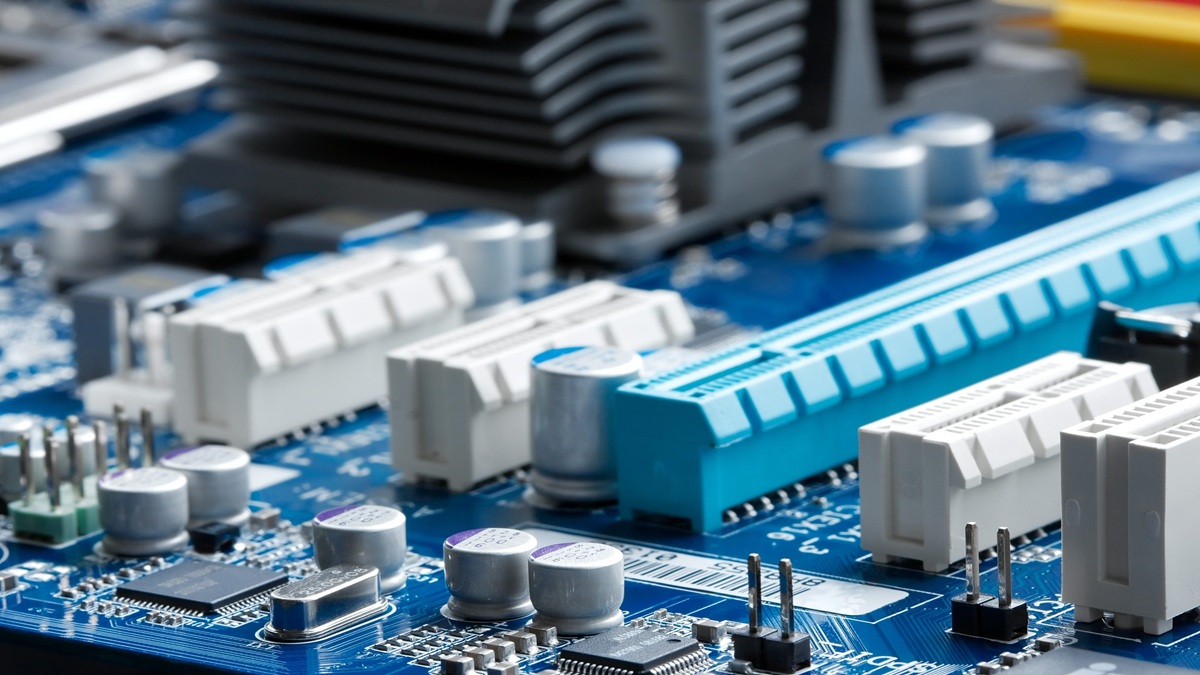Every PCB is like a bustling miniature city: the electric current flows like nonstop traffic, and the electronic components are the lively citizens. When “traffic jams” occur, heat builds up quickly. Without proper thermal design, LEDs, CPUs, and power transistors can “overheat” and fail. A PCB isn’t just a circuit-connecting board—it also acts as the city’s “air-conditioning engineer.” Copper traces serve as high-speed distribution lanes, thermal vias function like air ducts, and the board material and metal backing work as invisible heat-dispelling magic. Combined with airflow management inside the enclosure, the PCB efficiently channels heat away, ensuring components perform reliably and quietly safeguarding the entire electronic system.
A Mini City Bursting with Heat Energy
Imagine each PCB as a bustling miniature city: the electronic components are the lively citizens, and the electric current flows like nonstop traffic. When the “current highway” gets jam-packed, rising heat can make the city streets seem like they’re “smoking,” causing temperatures to spike instantly. Without proper thermal design, components like LEDs, CPUs, or power transistors can suffer “thermal failure,” leading to reduced performance or even premature breakdown. In other words, high temperatures are the silent killers of electronic systems, accelerating aging and lowering reliability.
That’s why a PCB isn’t just a passive board connecting circuits—it also quietly works as the city’s “air-conditioning engineer,” keeping the entire electronic community safe and preventing any “heatstroke” mishaps.
Copper Traces: The PCB’s Heat-Dispelling Pro
The surface and inner layers of a PCB are usually covered with copper traces, which at first glance might seem unrelated to heat dissipation—after all, isn’t copper laid down primarily for conductivity? In fact, copper also acts as the ultimate high-speed highway for heat. Its excellent thermal conductivity provides low-resistance paths on the PCB, quickly spreading the “hot population” from overheated spots toward the edges and evenly distributing heat across the entire board.
Designers carefully plan the thickness and layout of the copper layers, creating large copper planes beneath or around key components. These act like high-speed diversion lanes in a city, ensuring that high-power areas don’t suffer from “thermal traffic jams.” This is why high-power boards are often packed with dense copper meshes and wide copper traces—they function like the city’s heating ducts: directing heat where it needs to go while efficiently channeling excess energy away, serving as true masters of thermal management.
The Marvel of Thermal Vias and Heat Holes
In multilayer PCBs, vias aren’t just for signal routing—they also hide a clever secret. Engineers often place a ring of thermal vias beneath or around heat-generating components. These vias act like ventilation ducts in a building or air-conditioning channels in a city’s skyscrapers, quickly guiding accumulated heat to other copper layers within the board or directly to external heatsinks.
Thermal vias transfer heat from hot components to copper-filled “cool zones” in the inner layers, effectively lowering component temperatures. Designers even create so-called “thermal hub zones,” grouping high-heat-demand components together and placing dense arrays of thermal vias beneath them. It’s like a mini air-conditioning system built into the board, efficiently channeling heat toward heatsinks or large copper planes, keeping the core areas consistently cool.
The Invisible Magic of Thermal Materials
Beyond copper traces and thermal vias, the PCB’s own substrate materials quietly help dissipate heat. Traditional FR-4 fiberglass epoxy boards are mechanically reliable, but their thermal conductivity is far lower than copper—copper’s heat-conducting ability is roughly a thousand times greater than FR-4, highlighting its importance in thermal management.
For high-frequency, high-speed PCBs, engineers may choose specialized fiberglass epoxy formulations or ceramic substrates. These materials not only provide mechanical support but also absorb some heat, slowing local temperature rises. Common choices like aluminum nitride or alumina ceramics offer high thermal conductivity and structural stability, making them ideal for demanding thermal requirements.
An even more advanced approach is using metal-core PCBs (MCPCBs). In these boards, a solid metal plate—usually aluminum or copper—is sandwiched beneath double-sided copper traces. The metal core acts like a reinforced heatsink, providing structural strength while directly conducting heat from the board to external heat sinks. Essentially, the PCB becomes a “thermal converter,” efficiently channeling internal heat out into the environment.
When PCBs Master “Air Convection”
The final mile of thermal design is considering airflow dynamics by placing the PCB inside the enclosure. A PCB doesn’t work alone relying solely on its internal structure—it collaborates with fans, heatsinks, and the case itself. Smart engineers design intake and exhaust vents to create clear cold-air pathways and hot-air exhaust routes (similar to the cold aisle/hot aisle concept in data centers), allowing airflow inside the case to “blow-cool” the components.
For example, a microprocessor typically uses a heatsink (conduction) paired with a fan (convection) to remove heat. Similarly, high-power components on the PCB are positioned directly in the path of airflow from fans, ensuring every “hot spot” receives sufficient cooling air. By combining natural convection (hot air rises, cold air sinks) with forced convection (fan-driven airflow), the PCB not only carries its own “thermal superpowers” but actively keeps the entire electronic system cool. In fact, when cold and hot air circulate smoothly inside the enclosure, the PCB acts like a silent hero, continuously dispersing heat from the system’s core and quietly keeping component temperatures within safe limits.









.png)




